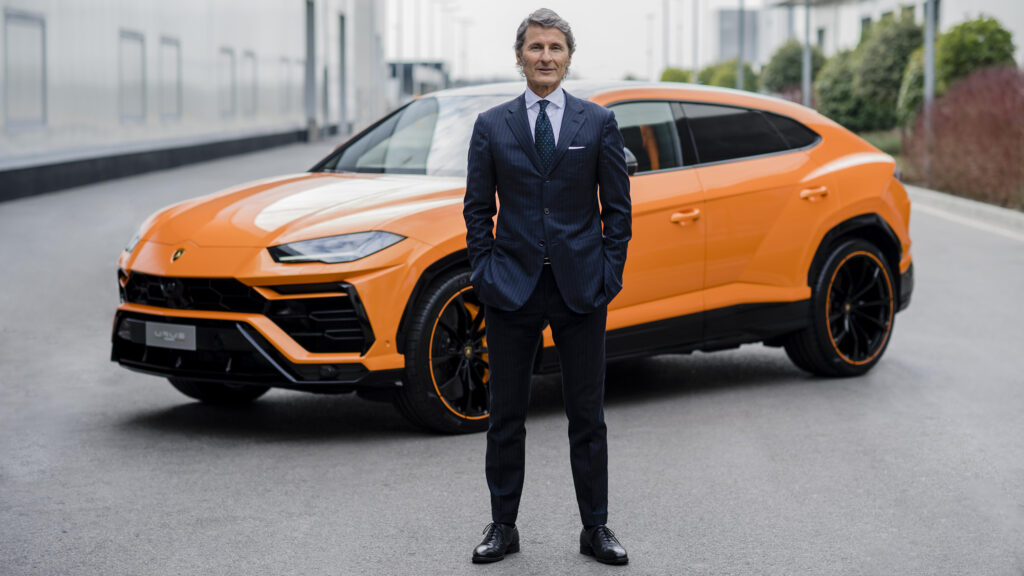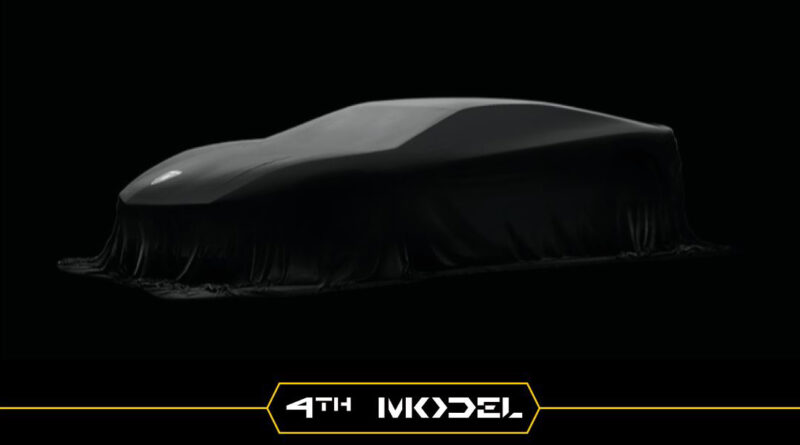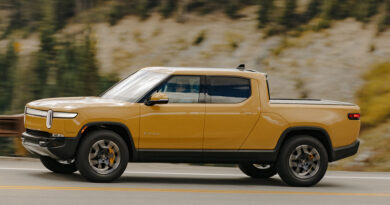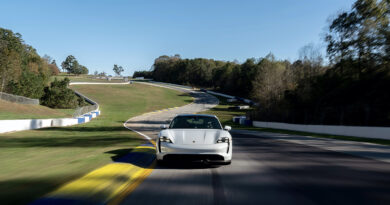Electric Lamborghini confirmed: EV supercar coming by 2030
Lamborghini has confirmed its first EV will be in dealerships by the end of the decade.
The yet-to-be-named EV will be in addition to Lamborghini’s four key models and is part of an intense focus on reducing emissions by 2030.
Outlining a three-phased transition to electric vehicles, Lamborghini confirmed that in the second half of the decade it will have a fully-electric supercar.
READ MORE: Every Lamborghini to be hybrid by 2024
READ MORE: ICE v EV race track shootout: Porsche Taycan v 911
READ MORE: Volkswagen boss gives 850kW Lamborghini EV clue
Rather than upsetting the status quo with its V10 and V12 models – petrol-powered supercars will live on as hybrids – Lamborghini will make the EV an all-new model in the lineup, making four cars in total; entry-level sports car (currently Huracan), flagship sports car (currently Aventador), Urus SUV and the new EV.
“We have a clear vision: Of a whole new model, our fourth model line,” said Lamborghini president and CEO Stephan Winkelmann. “An all-electric Lamborghini, planned for the second half of this decade.
The only clue to the makeup of that fourth model lies under a black sheet as part of a teaser to the future Lamborghini lineup.
Referring to it simply as “4th model” the electric car appears to have the low-slung stance of a sports car.
“The plans I’m communicating today, are built on thorough analyses, on business plans, on technical simulations – on our conviction,” said Winkelman. “And I promise that we are determined and perseverant when we have a target like this in sight.”
Clearly performance will be a focus – and it’s safe to assume the initial acceleration will be more brutal than any Lamborghini currently on sale, as it is with Porsche and the Taycan. Lamborghini recently acknowledged that petrol engines couldn’t as easily match the 0-100km/h pace of an EV.
But how much performance is the big unknown – and Lamborghini has four years and a share of a €1.5 billion R&D budget to bring that big EV performance to life.

A bigger question is how Lamborghini creates the raucous noise its V10s and V12s are known for – after all, that’s a big part of the appeal of an Italian supercar.
In 2019 Lamborghini chief technical officer Maurizio Reggiani told us the EV noise had to be natural and could potentially be assisted by carefully crafted aerodynamics.
“The physics give us so many opportunities in terms of generation of sound. What’s important is to create something that when you hear the car arriving you can recognise it as a Lamborghini without looking at the badge.,” says Reggiani.
“We have launched several studies in some universities where we asked them to define the future sound of electric Lamborghini. On this we have already received several ideas and now we need what can be perfectly aligned with our DNA.”
Another big unknown is what form the car will take, but something larger than the current Lamborghini sports car crop is almost certain.
In 2017 Lamborghini gave an inkling of what it was thinking for an EV supercar with the Terzo Millennio (third millenium) concept car. While there was no intention to build that car, it demonstrated the brand’s thinking for EVs.
Lamborghini has previously hinted it could revive the spirit of the Espada – a 2+2 (four-seater) sports car built from 1968 until 1978 – with a future model.
Given the space and weight required for batteries, it seems logical the full EV would be larger than Lamborghini’s typically wedge-like supercars.
Being part of the Volkswagen Group also gives Lamborghini some obvious brands to share components with. Porsche and Audi are at the top of that list.

Porsche has the Taycan and Audi will soon be selling the e-Tron GT, which shares plenty with its Porsche sibling.
Each uses an 800V electrical architecture and delivers big performance.
Keep in mind Lamborghini is open to sharing. The Audi R8 utilises the engine and structure of the Lamborghini Huracan. And the Lamborghini Urus SUV shares its basic architecture with the Porsche Cayenne, Bentley Bentayga, Audi Q7 and Volkswagen Touareg, each owned by Volkswagen – and the engine in the Urus is a more powerful version of the twin-turbo V8 in the top-shelf Cayenne.




